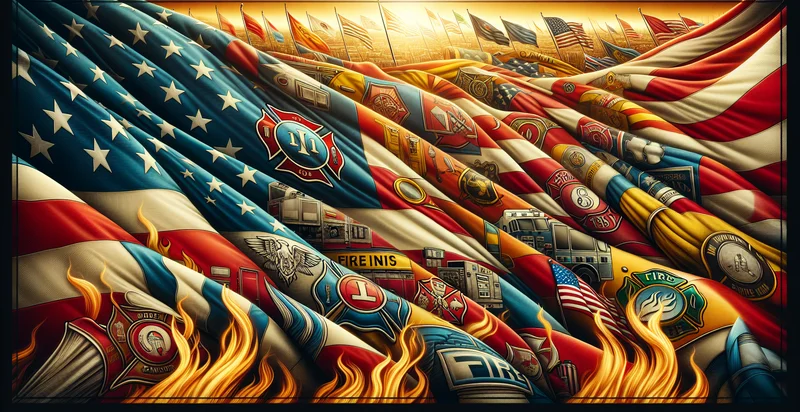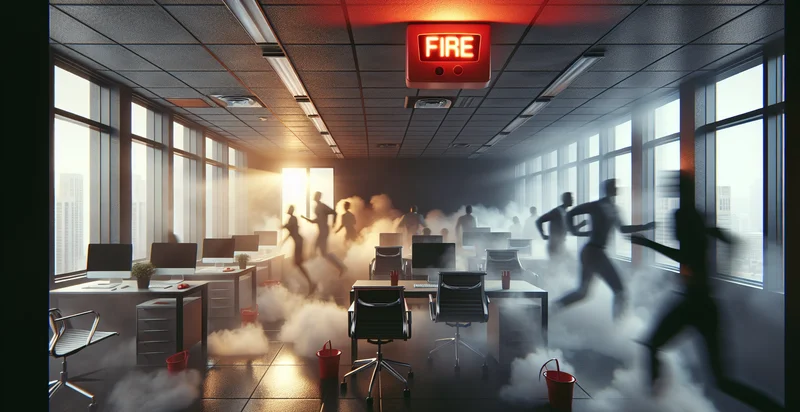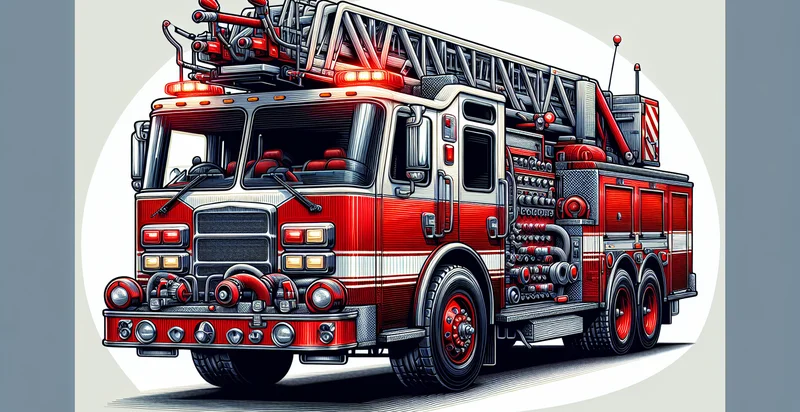Identify fire department flags
using AI
Below is a free classifier to identify fire department flags. Just upload your image, and our AI will predict what type of fire department flag it is - in just seconds.

Contact us for API access
Or, use Nyckel to build highly-accurate custom classifiers in just minutes. No PhD required.
Get started
import nyckel
credentials = nyckel.Credentials("YOUR_CLIENT_ID", "YOUR_CLIENT_SECRET")
nyckel.invoke("fire-department-flags-identifier", "your_image_url", credentials)
fetch('https://www.nyckel.com/v1/functions/fire-department-flags-identifier/invoke', {
method: 'POST',
headers: {
'Authorization': 'Bearer ' + 'YOUR_BEARER_TOKEN',
'Content-Type': 'application/json',
},
body: JSON.stringify(
{"data": "your_image_url"}
)
})
.then(response => response.json())
.then(data => console.log(data));
curl -X POST \
-H "Content-Type: application/json" \
-H "Authorization: Bearer YOUR_BEARER_TOKEN" \
-d '{"data": "your_image_url"}' \
https://www.nyckel.com/v1/functions/fire-department-flags-identifier/invoke
How this classifier works
To start, upload your image. Our AI tool will then predict what type of fire department flag it is.
This pretrained image model uses a Nyckel-created dataset and has 38 labels, including Atlanta Fire, Austin Fire, Baltimore Fire, Boston Fire, Charlotte Fire, Chicago Fire, Cincinnati Fire, Cleveland Fire, Dallas Fire and Denver Fire.
We'll also show a confidence score (the higher the number, the more confident the AI model is around what type of fire department flag it is).
Whether you're just curious or building fire department flags detection into your application, we hope our classifier proves helpful.
Related Classifiers
Need to identify fire department flags at scale?
Get API or Zapier access to this classifier for free. It's perfect for:
- Emergency Response Optimization: The fire department can utilize the false image classification function to quickly filter out non-emergency images during incident reporting. This allows first responders to focus on genuine emergencies, thereby improving the speed and efficiency of their response times.
- Public Safety Awareness Campaigns: By identifying and flagging false images related to fire hazards or incidents, the fire department can create targeted awareness campaigns. This helps educate the public on recognizing real fire risks versus misinformation, ultimately enhancing community safety.
- Resource Allocation: The function can assist in decision-making for resource allocation by analyzing flagged images and discerning patterns in false alarms. By understanding frequent sources of false reports, the fire department can allocate resources more effectively and reduce unnecessary deployments.
- Training and Development: The false image classification system can be employed in training programs for fire department personnel. By exposing trainees to commonly misidentified images, they can learn to discern potential threats more accurately and solidify their decision-making under pressure.
- Social Media Monitoring: The fire department can monitor social media platforms using the image classification function to detect and flag misleading or false information about fires. This enables them to address public concerns promptly and mitigate misinformation that could lead to panic or misunderstanding in the community.
- Incident Report Verification: Implementing this function can streamline the verification process of incident reports submitted by the public. By automatically filtering out false images, fire departments can focus on genuine reports, ensuring that their investigative resources are used efficiently.
- Collaboration with Other Agencies: The false image classification capability can facilitate collaboration with other emergency services and agencies. Sharing classified false images from past incidents can serve as a learning tool, fostering inter-agency strategies to tackle the challenges posed by misinformation in emergency situations.


